12 Cities Where Old and New Blend Seamlessly
The beauty of a city often lies in how it balances its rich history with the promise of the future. Some cities manage to weave together ancient structures and contemporary designs, creating a seamless blend. This blending creates a sense of continuity and growth that feels both familiar and fresh. Visiting these cities is like taking a journey through time, where past and present coexist.
This post may contain affiliate links, which helps keep this content free. Please read our disclosure for more info.
Berlin, Germany
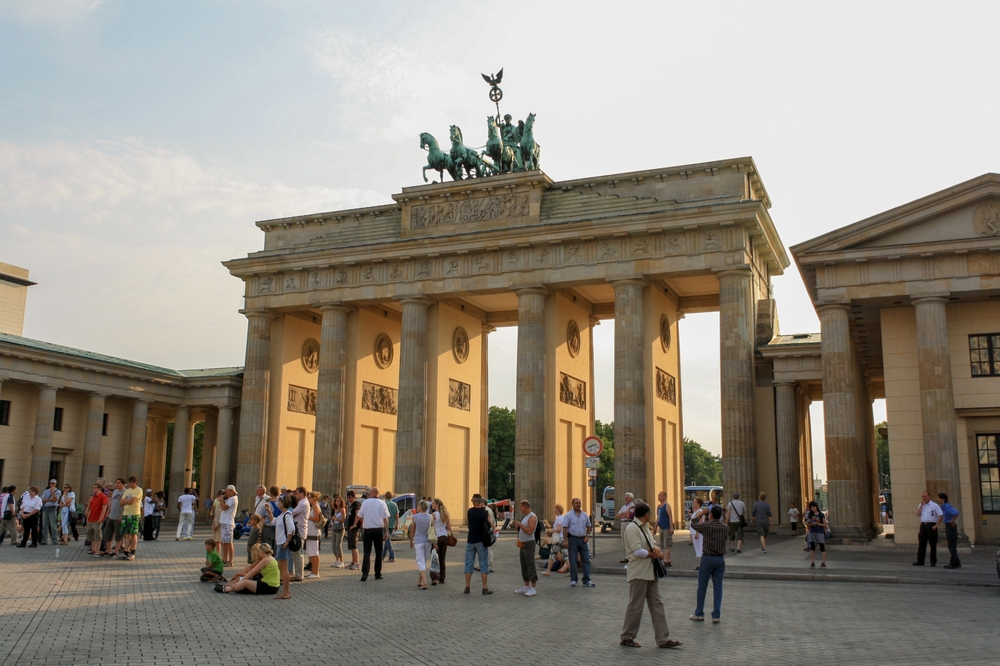
Berlin offers a fascinating mix of historical landmarks and modern architecture. The city’s past is reflected in its iconic sites like the Brandenburg Gate and remnants of the Berlin Wall, while sleek glass buildings now define the skyline. This contrast between old and new gives Berlin a unique character, where history is never far from the present. The city embraces its complex history while celebrating innovation and change, creating a truly dynamic atmosphere.
Alongside its historic districts, Berlin also boasts vibrant neighborhoods where cutting-edge designs emerge alongside traditional structures. Areas like Potsdamer Platz showcase this blend, where you can find high-tech buildings standing right next to older, reconstructed landmarks. The balance between preservation and modern development makes Berlin one of Europe’s most exciting cities to visit. It serves as a living testament to resilience, reinvention, and forward-thinking design.
Tokyo, Japan
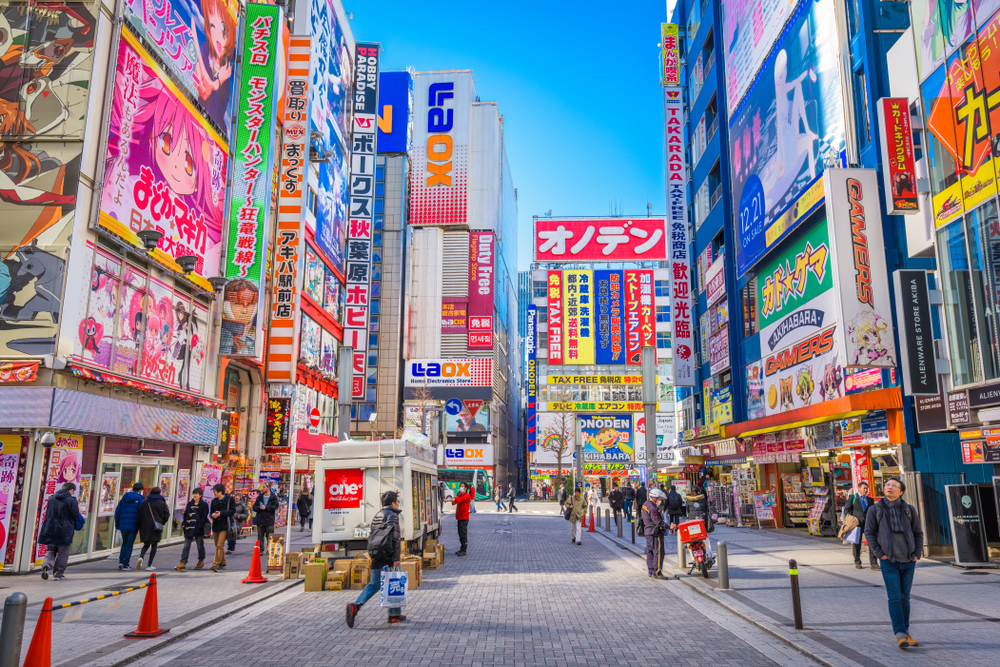
Tokyo is a city where tradition and modernity effortlessly come together. From the serene Meiji Shrine to the bustling streets of Shibuya, ancient customs and futuristic innovations coexist in harmony. The juxtaposition of towering skyscrapers next to quiet temples makes Tokyo a city that is constantly evolving while staying deeply rooted in its past. Visitors can experience both the old and the new, all within the same bustling metropolis.
The contrast between Tokyo’s old-world charm and its sleek, modern design is best seen in neighborhoods like Asakusa and Roppongi. In Asakusa, you will find the historic Senso-ji Temple, while just a short walk away, you can experience the neon-lit streets of Roppongi with its high-end stores and bars. Tokyo’s ability to blend the new with the old is evident in every corner of the city, offering something for every type of traveler. It is this balance that makes Tokyo one of the most captivating cities in the world.
Rome, Italy
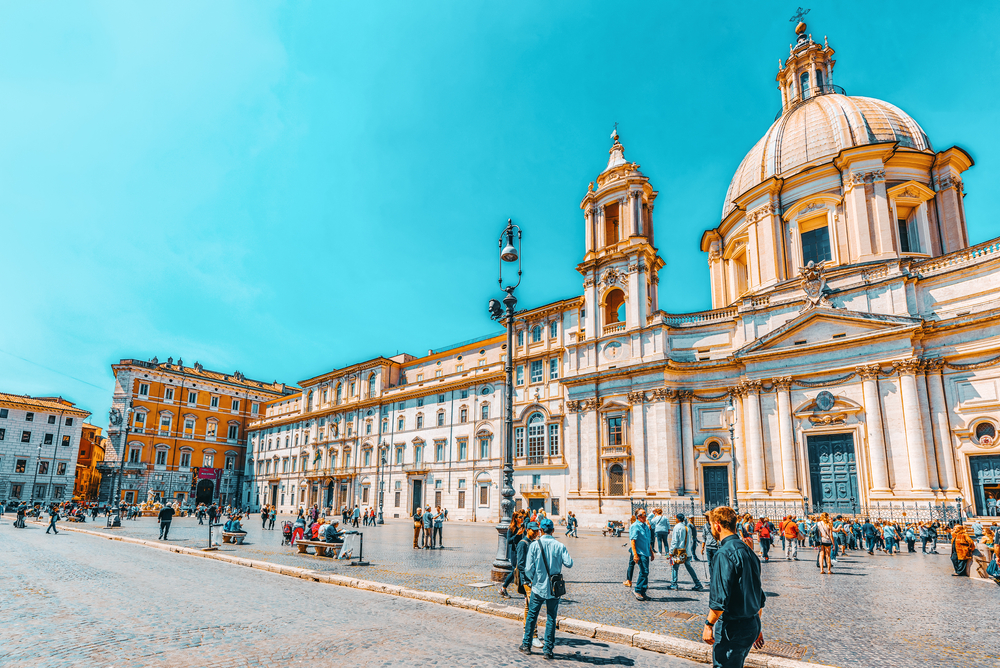
Rome is a city where the past is never too far behind. The ancient ruins of the Colosseum and the Roman Forum stand in stark contrast to the modern cafes and stylish boutiques that line the streets today. These layers of history blend seamlessly with contemporary life, creating a city full of surprises. While Rome may be most famous for its historical monuments, its modern culture and design shine through in the fashion and lifestyle of its inhabitants.
In areas like the Trastevere district, visitors can stroll through narrow cobblestone streets, where medieval buildings are just steps away from new restaurants and galleries. The juxtaposition of ancient structures and modern design in Rome makes the city feel timeless. It serves as both an open-air museum and a thriving modern hub, with old and new continually influencing one another. This dynamic creates an atmosphere that captures the essence of Italy’s rich cultural heritage while embracing the contemporary world.
Paris, France
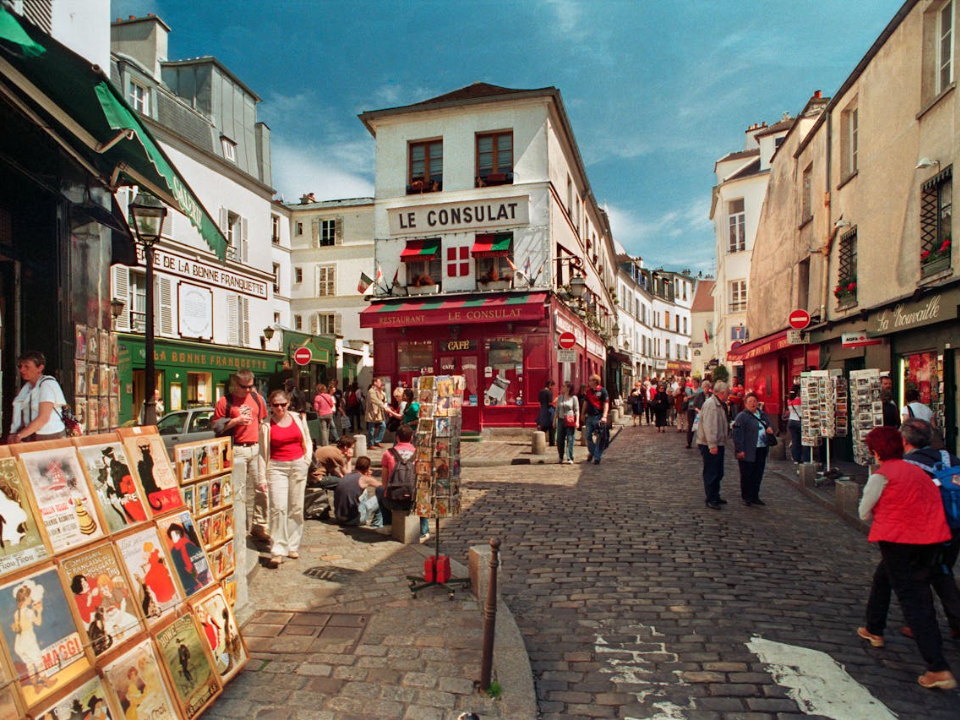
Paris is known for its rich history and its role as a global fashion and design capital. The city offers a perfect blend of classic architecture, such as the Eiffel Tower and Notre-Dame Cathedral, alongside modern structures like the Centre Pompidou and the La Défense district. Paris is a city that celebrates both its artistic past and its forward-thinking design. The mix of old-world charm and sleek, contemporary style is part of what makes Paris so captivating.
The Marais and Montmartre districts reflect this balance, where visitors can wander through centuries-old buildings and find trendy art galleries and modern shops around every corner. Paris continually reinvents itself while staying connected to its roots, making it an ideal destination for those who appreciate both history and innovation. Whether walking through ancient streets or enjoying a glass of wine at a modern café, Paris offers a seamless transition between past and present.
New York City, USA
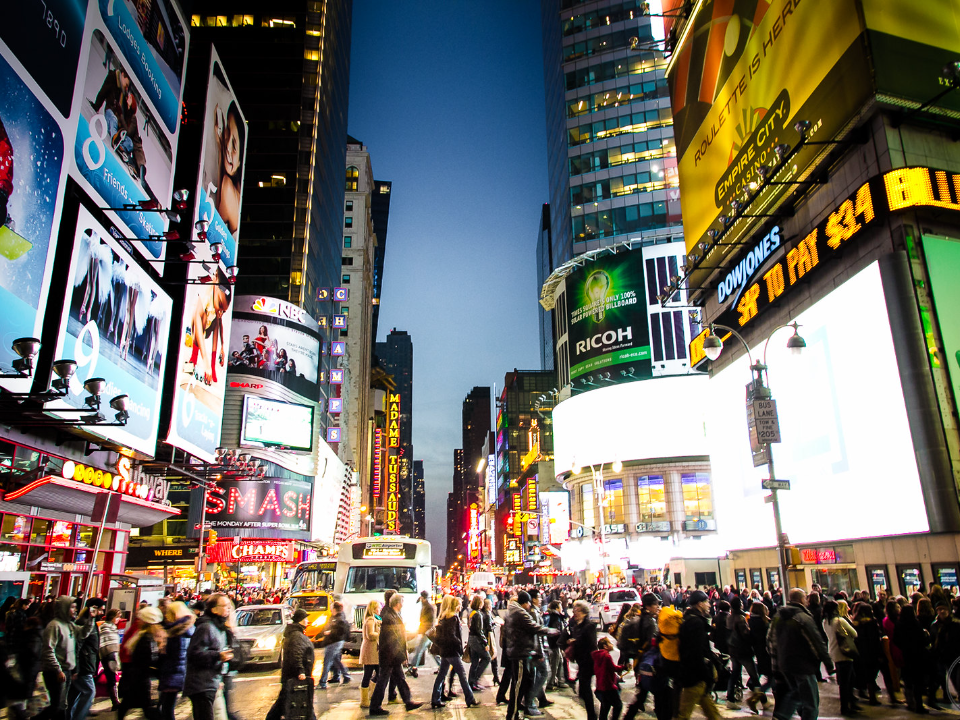
New York City is a vibrant mix of old-world charm and modern energy. From the historical architecture of Lower Manhattan to the sleek glass towers of Midtown, the city never stops evolving. Landmarks like the Statue of Liberty and the Empire State Building coexist with cutting-edge skyscrapers and digital billboards. This combination creates a city that is constantly reinventing itself while staying true to its roots.
Neighborhoods like Greenwich Village and Williamsburg showcase the contrast of old brownstones beside modern condos and art galleries. New York City’s ability to blend historic landmarks with modern innovation gives it an undeniable energy that continues to inspire people from all over the world. Whether you’re in a subway station under a century-old building or walking through Times Square, the city’s evolution is visible everywhere you look. It is a place where past, present, and future collide in the most exciting way.
London, United Kingdom
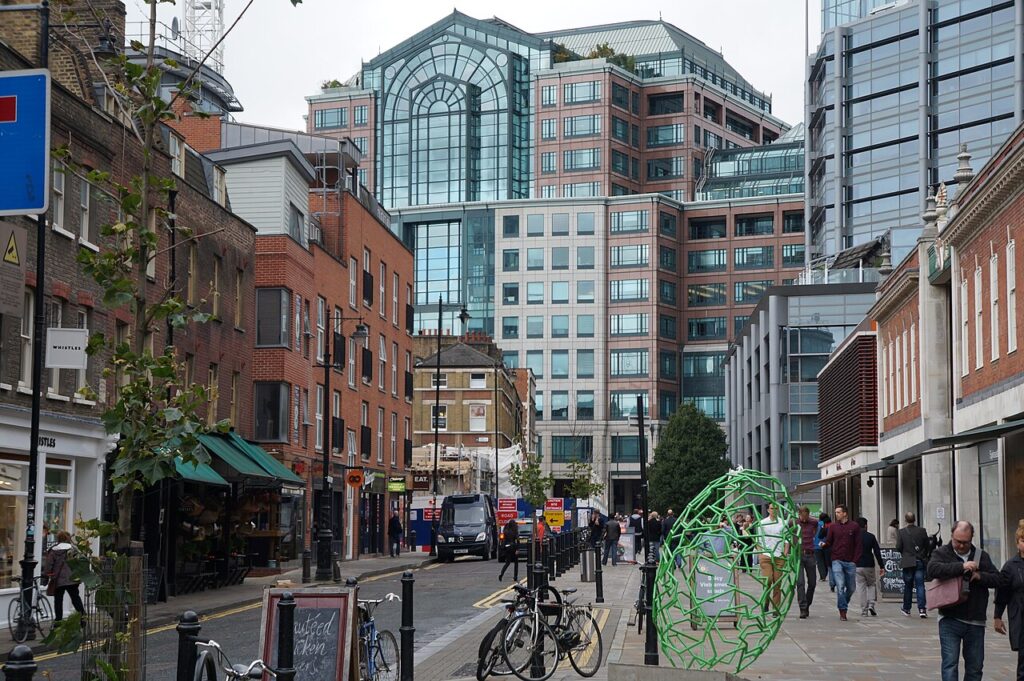
London effortlessly mixes old and new, where centuries-old buildings sit next to contemporary designs. The historic Tower of London and Westminster Abbey are iconic landmarks, while modern developments like The Shard and the Gherkin symbolize the city’s evolving skyline. London is a place where ancient and modern architecture blend seamlessly, offering both history and innovation in equal measure.
Areas like Covent Garden and Shoreditch represent this balance perfectly. In these neighborhoods, traditional architecture has been paired with vibrant modern spaces, where contemporary art and music thrive alongside centuries of culture. London’s commitment to preserving its heritage while embracing innovation makes it a unique and dynamic destination. Visitors will find that the city’s ability to preserve the past while forging ahead with the future makes it one of the world’s most interesting cities.
Hong Kong
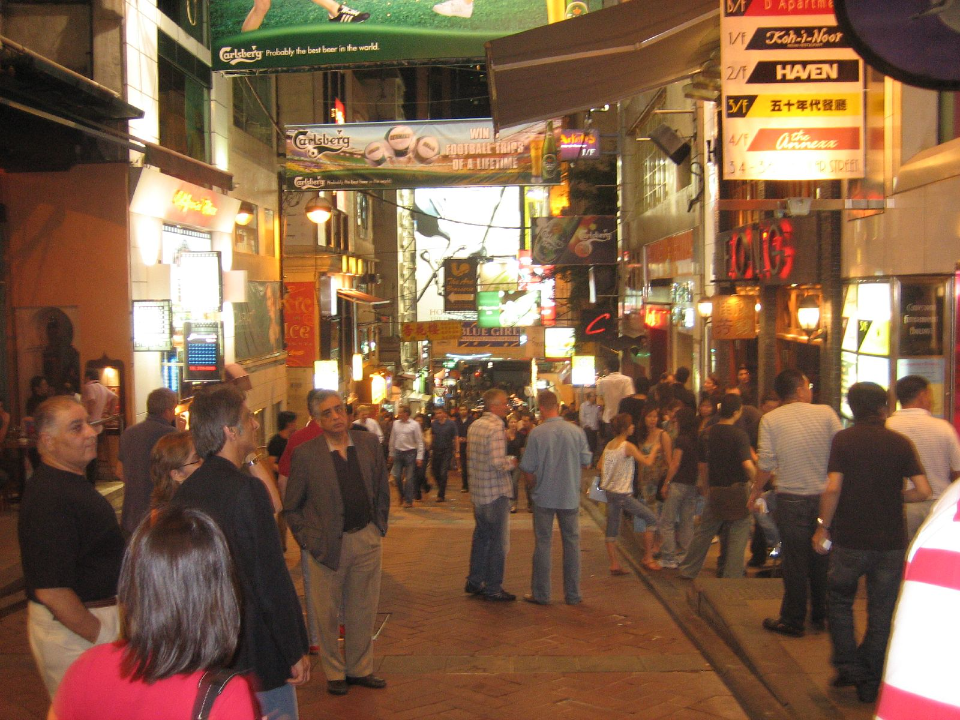
Hong Kong is a city that embodies the perfect blend of Eastern tradition and Western modernity. Skyscrapers rise above ancient temples, and bustling streets lined with neon lights coexist with quiet parks and traditional markets. The city’s rapid development has not erased its historical and cultural roots, making it a fascinating place to explore. Hong Kong continues to be a city of opportunity, where the old and the new come together to create something truly unique.
The contrast between traditional Chinese architecture, like the Wong Tai Sin Temple, and modern structures such as the International Commerce Centre, highlights Hong Kong’s ability to adapt and evolve. Visitors can enjoy a dim sum meal in a traditional restaurant, only to step outside and be surrounded by the latest in technology and design. Hong Kong thrives on the balance of preserving its rich history while embracing cutting-edge advancements, making it a city of endless discovery.
Singapore
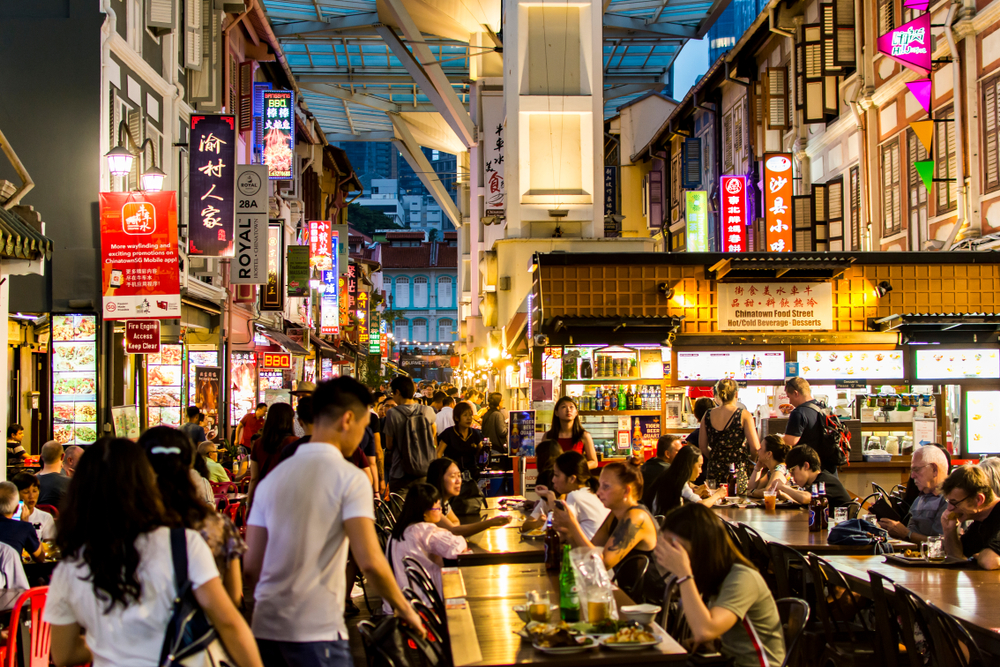
Singapore is a shining example of how the old and the new can live side by side. The city’s skyline is dotted with futuristic buildings, but just a short walk away, you will find beautiful temples and colonial-era architecture. Singapore embraces innovation while respecting its past, offering a unique juxtaposition of modern design and cultural heritage. This blend has made the city one of the most exciting and dynamic places to visit in Asia.
In neighborhoods like Chinatown and Little India, traditional shops and markets are nestled between sleek high-rise buildings. The city’s urban planning ensures that modern developments do not overshadow its historical roots, preserving its cultural diversity. Whether exploring the bustling streets of Orchard Road or wandering through the quiet lanes of Kampong Glam, visitors will experience the perfect harmony of old and new in every corner of Singapore.
Madrid, Spain
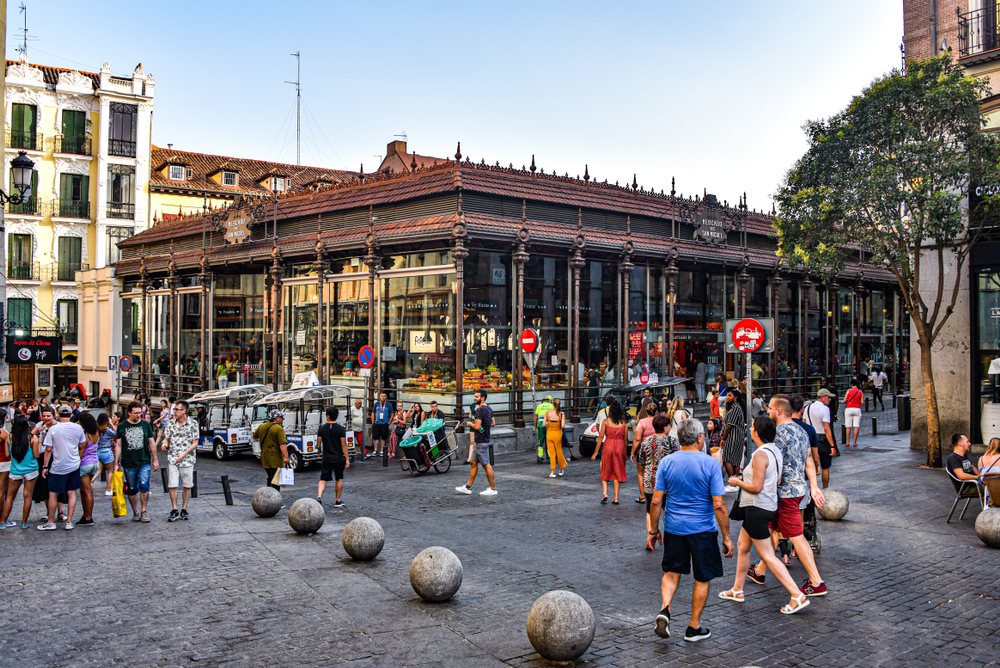
Madrid is a city where classic Spanish architecture meets contemporary innovation. The Royal Palace and Prado Museum reflect Spain’s rich cultural history, while modern structures like the CaixaForum and the Madrid Río development add a modern touch to the city’s landscape. Madrid’s charm lies in its ability to maintain its traditional feel while welcoming modern developments. This balance creates a city that offers both historical significance and vibrant urban life.
Neighborhoods like Malasaña and Chueca showcase Madrid’s ability to mix the old and the new. In these areas, historic buildings stand alongside trendy shops, cafes, and street art. Madrid continues to evolve, preserving its heritage while embracing the future with open arms. The result is a city that feels timeless, yet alive with new possibilities, making it a favorite destination for travelers from around the world.
Seoul, South Korea
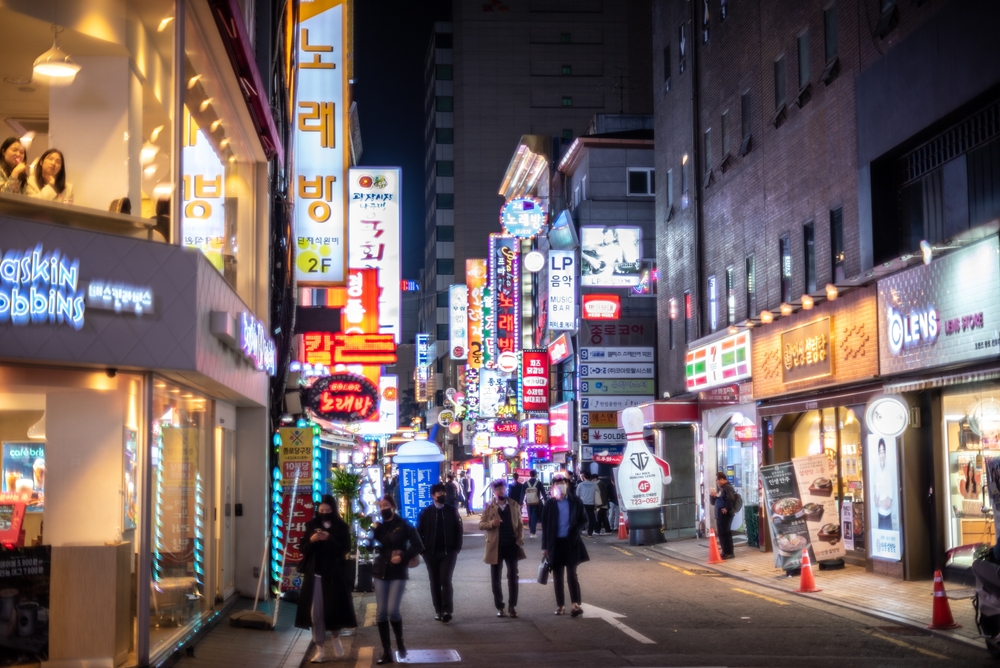
Seoul is a city that celebrates its past while embracing the future. With historic palaces like Gyeongbokgung and modern landmarks such as the Dongdaemun Design Plaza, the city offers a perfect balance of old and new. Seoul’s dynamic atmosphere reflects its rapid development over the past few decades while still honoring its cultural roots. This blend makes it one of the most exciting cities in Asia.
In areas like Insadong and Gangnam, traditional shops and modern malls sit side by side, offering a diverse range of experiences. The city’s commitment to preserving its heritage while welcoming modern developments is evident in its urban planning. Visitors can stroll through ancient streets and then find themselves in a high-tech district within minutes. Seoul’s ability to seamlessly blend old and new creates a unique energy that makes it one of the world’s most captivating cities.
Istanbul, Turkey
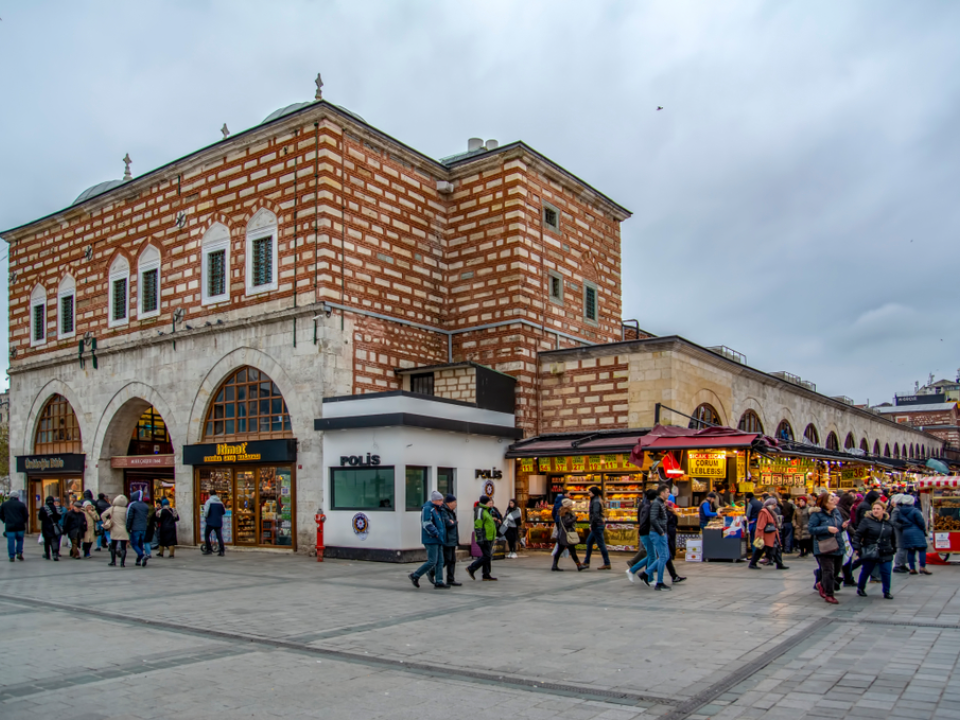
Istanbul is where East meets West, and the fusion of ancient history and modern living is truly evident. The Hagia Sophia and the Blue Mosque are iconic structures that sit beside modern developments like the Istanbul Modern Art Museum and shopping districts. Istanbul’s skyline is a mixture of traditional Ottoman architecture and contemporary buildings, showcasing its rich history and forward-thinking spirit. It is a city that honors its past while continuously embracing the future.
In neighborhoods like Sultanahmet and Beyoğlu, ancient mosques and bazaars are surrounded by sleek hotels and shops. The city’s cultural heritage is respected, but it also evolves to meet the needs of a modern metropolis. Istanbul remains a city of contrasts, where old traditions blend seamlessly with new developments, offering visitors a truly unique experience. Its charm lies in its ability to unite two worlds, making it a truly special place to visit.
Copenhagen, Denmark
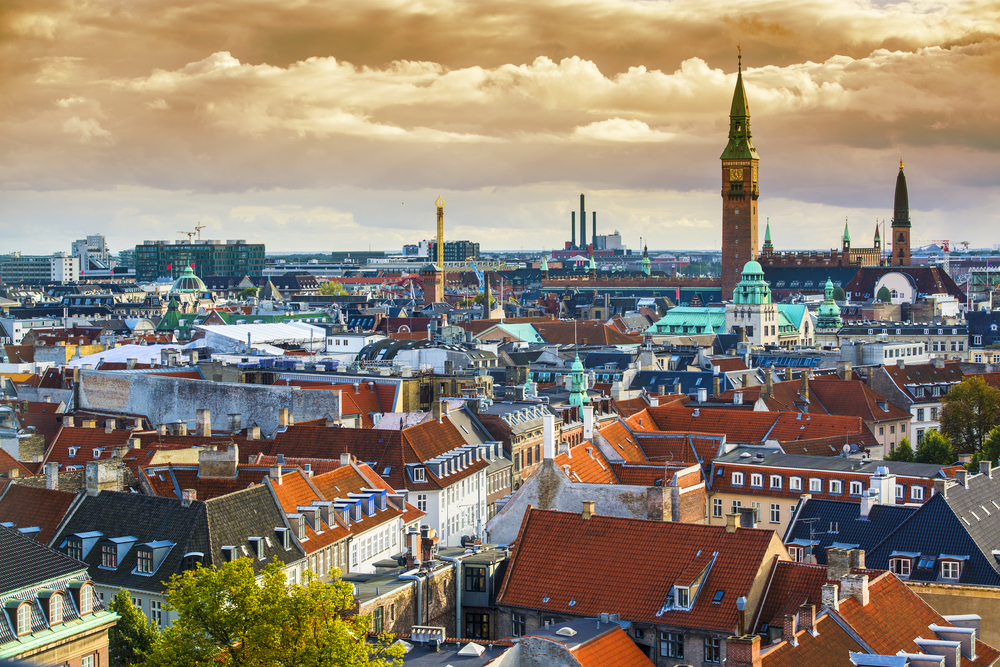
Copenhagen is a city known for its effortless blend of historic charm and modern design. From the iconic Nyhavn harbor to the modern architecture of the Copenhagen Opera House, the city offers something for everyone. Copenhagen embraces sustainability and innovation while preserving its historical roots. The city’s ability to merge old and new is reflected in its urban spaces, where medieval buildings coexist with cutting-edge designs.
In areas like Christianshavn, you will find new developments nestled beside historic warehouses and cobblestone streets. The city’s commitment to modernity is matched by its dedication to preserving its cultural heritage. Copenhagen continues to grow, yet its historical significance remains at the heart of its development. This unique blend makes it one of the most attractive cities in Europe to visit.
This article originally appeared on Avocadu.
